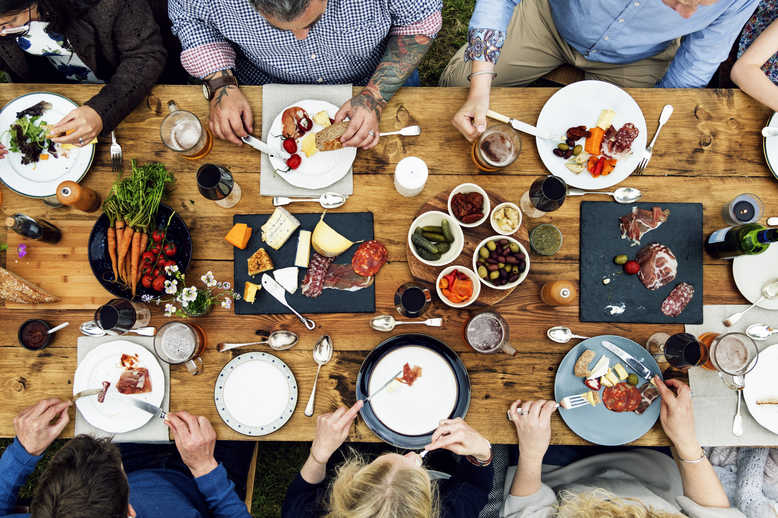Whether dining in a pop-up restaurant or getting a true slice of local cuisine, the rise of the ‘experiential diner’ has created ripples in the food and beverage sector.
Consumers today are no longer just looking for good food; they want an experience. They’re looking for unique locations, quirky concepts, and even theatrics when they’re eating out – and they’re prepared to pay more for it.
According to a survey by Eventbrite, 75% of people said that they believe unique dining experiences are worth paying more for. This means that experiential dining isn’t just an abstract trend, it can also have financial gains.
The rise of experiential dining is encouraging chefs and restaurants up their game with new and exciting food and beverage experiences.
This is clearly seen by the rapid rise of pop-up restaurants, one-time dining experiences which create a sense of exclusivity and urgency.
Pop-up dining has grown in popularity, with the same survey noting an impressive 82% rise in the one-off events. But why has pop-up dining become so fashionable?
Craving something different, consumers may be attracted to the fact that pop-up dining is often more interactive than a standard restaurant outing.
Indeed, in the same Eventbrite survey, 50% of people said they would pay more for the exact same menu if it had a chef interaction.
The pop-up concept can also be advantageous for chefs and restaurants alike, allowing them to show off their culinary creativity and reinvent themselves time and time again.
The experiential dining trend isn’t just limited to unique music and interiors, it’s also changing the type of food consumers want to eat.
Savvier than ever, it seems that experiential diners are also looking for local and culturally authentic dining experiences.
According to the National Restaurant Association, 68% of consumers are more likely to visit a restaurant which serves locally sourced items than one that doesn’t.
In a recent interview with FDF World, Gustaf Pilebjer, Marriott International’s Director of Food and Beverage for Europe, said that there is no “cookie-cutter solution” for food and beverage.
He argued that if restaurant owners wish to tap into the rise of experiential diners they need to deliver unique, culturally-relevant experiences.
“Today there’s a great amount of pride in local cuisine,” Pilebjer said. “Whether it’s in Budapest or Stuttgart, London or elsewhere, we’re seeing a trend whereby people want to taste the local cuisine.”
“Diners today are seeking out culinary experiences,” he continues. “When our travellers fly to Istanbul, they don’t want to sit down and have a slice of pizza. They want to have an authentic taste of where they are.
“We know that the millennial generation is already the largest segment of the travel industry and that’s only going to grow in the coming years. Marriott’s overarching food and beverage strategy ensures that we are able to cater to this curious generation, to make sure that we not only stay relevant but that we lead the way in this millennial space.”
Keen to share their dining experience, sometimes even with strangers, experiential diners are also attending more communal dining events than ever, with Eventbrite noting that communal dining events saw 76% growth in 2016.
Other experience-based dining trends have also come into the fray such as breakfast and brunch events, spirits and mixology events, and local and organic dining experiences.
With more and more diners willing to part with their cash for a unique experience, what can chefs and restaurants do to tap into this demographic?
Above all else, all roads should lead back to the customer. Therefore, restaurants and chefs should give customers what they’re looking for in a unique and original way.
Marketing and social media should also play a crucial role, creating a buzz that attracts people to the exclusive, cant-miss nature of the event.
According to a study by Eventbrite, three in four millennial consumers saying that they would rather pay for an experience than a product and so, ultimately, it seems that the experiential dining trend is here to stay. Tap into it you could be part of the next big thing.
Source: The F&B trend that’s here to stay: what you need to know about ‘experiential dining’













